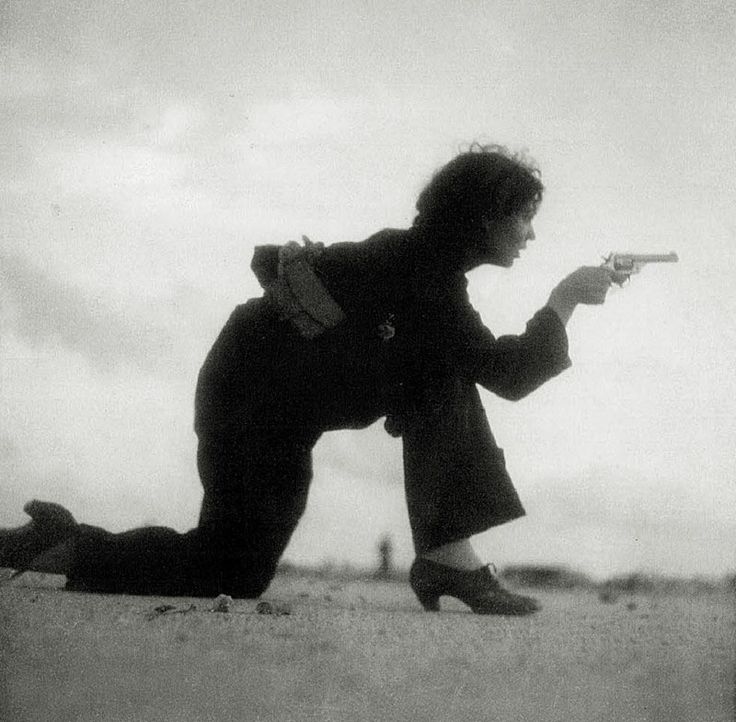Robert Capa
(1913–1954)
Episode #6 of the course Most famous photographers of all time
Robert Capa is the pseudonym for Hungarian-born Jew Endre (or Andre) Friedmann. Capa was a significant photojournalist in the 20th century, capturing critical moments of war in the 1930s and 1940s, including the Allied landing in Normandy during World War II. Capa was known to say, “If your pictures aren’t good, then you’re not close enough.”
Born in Transylvania (modern-day Romania), Friedmann fled to Berlin after World War I. He wanted to be a writer but fell in love with photography. In 1933, he settled in Paris, where he met Gerta Pohorylle. The two began an epic romance. She was also Jewish and had been captured and interrogated by the Nazis before escaping. They bonded through shared exile and leftist politics and began a life documenting history through photographs.
Friedmann took the name “Robert Capa” because it sounded American. Gerta also changed her name to “Gerda Taro.” Under this guise, they were able to sell his photos. Although they were soon discovered as frauds, they maintained their reputation.
Capa and Taro covered the events of the Spanish Civil War. Capa became a household name with his 1936 image The Falling Soldier. In it, a republican militiaman is struck down by a sniper during a fascist attack.
In another series of photos taken that day, Capa captures Taro crouched next to the soldiers, camera and gun in hand. Contemporary scholars are discovering more about Taro’s involvement in Capa’s career, attributing several of his images to her.
In 1937, Taro went to the frontlines against a ban on photographers. She became the first female journalist killed in action. Reportedly, Robert Capa never spoke of her again.
At heart, Capa was a storyteller. The themes of his images include the tragedy and heartbreak of defeat, as well as the relief and excitement of victory. After the Spanish Civil War, Capa adopted one of its popular mantras as his own: “This is very serious business.” He reportedly muttered it all through his ordeal on D-day.
On the morning of June 6, 1944, Capa stood among US troops as they stormed Omaha Beach in the D-Day invasion. He got into the water with the soldiers, under heavy fire, and held his camera to avoid damage. Snapping 106 photos, Capa returned to another barge and left the battlefield, having spent approximately 90 minutes among the chaos.
In London, an excited photo technician overdried Capa’s film too quickly, permanently damaging all but 11 of the images. These surviving depictions of this historic event are sometimes called the “Magnificent Eleven.”
After the war, Capa traveled to North Africa and photographed the Egyptian deserts. He co-founded Magnum, the first agency for freelance photojournalists, with Henri Cartier-Bresson and other leading photographers of the 1950s. Capa continued to work for various publications, including Life magazine.
Capa became known as a gambler who would risk everything to get the shot. He knew the odds of being at the front lines, and he felt comfortable playing high stakes. In 1954, Life asked him to shoot images of the escalating tensions in Indochina. Although he had sworn off war photography, he took the commission. While attempting to get photos of the front line advancement, Robert Capa stepped on a landmine and was killed.
Recommended book:
“Slightly Out of Focus” by Robert Capa
Share with friends






